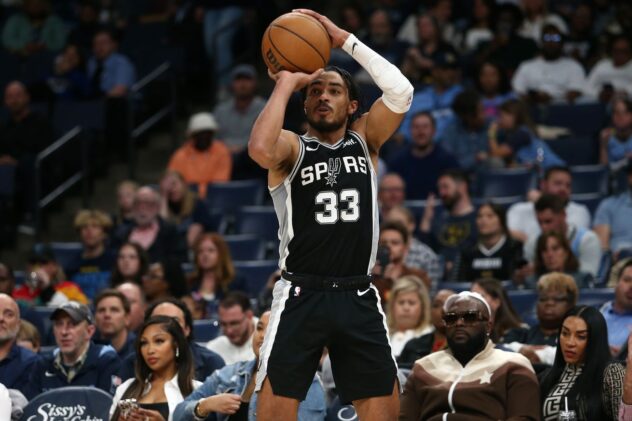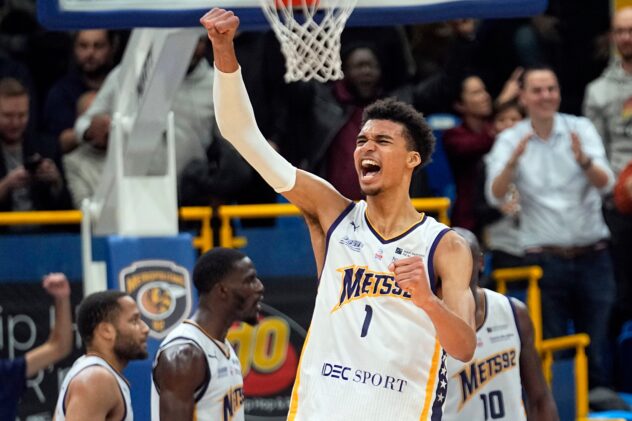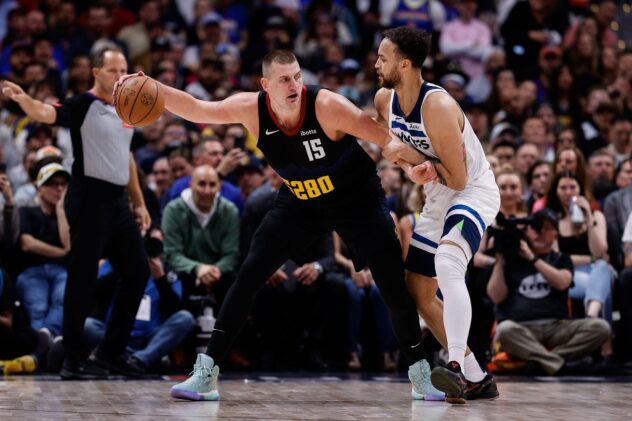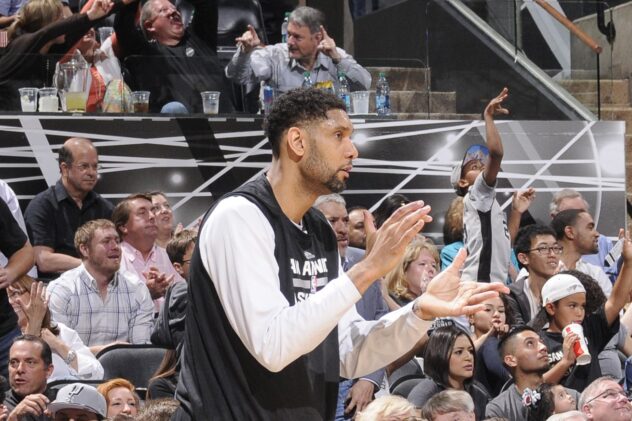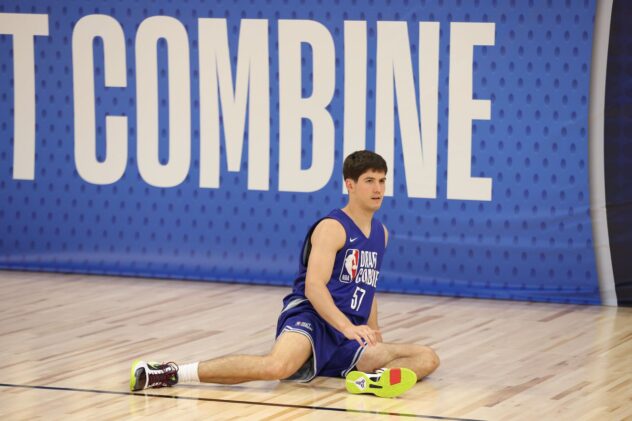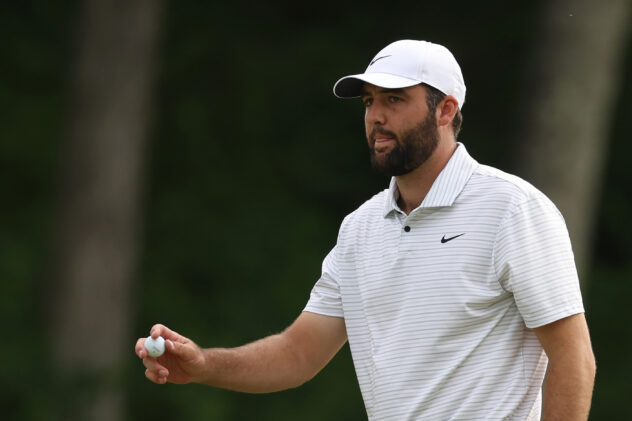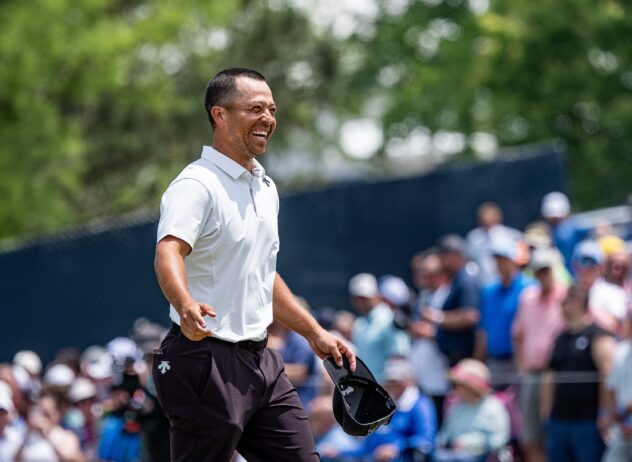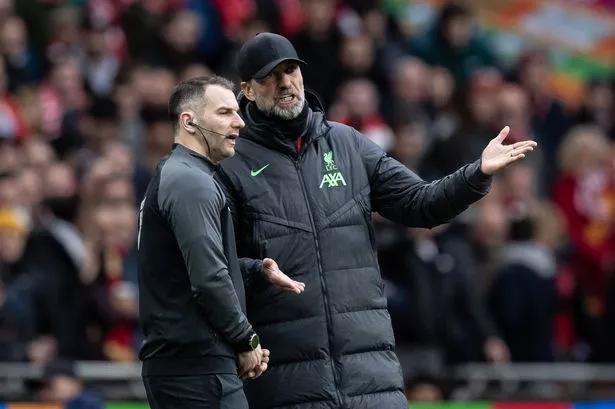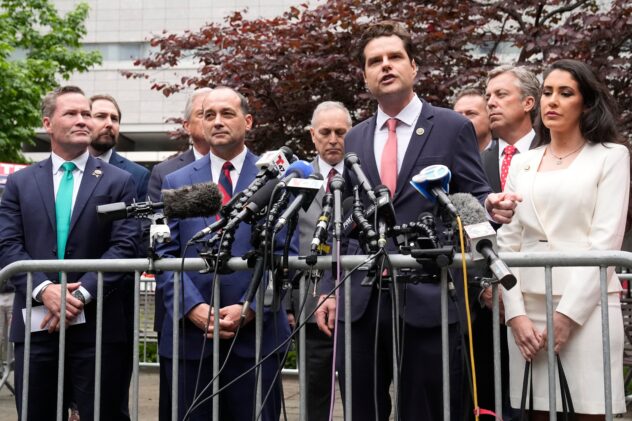Why the Spurs are partially to blame for the NBA’s new rest rule
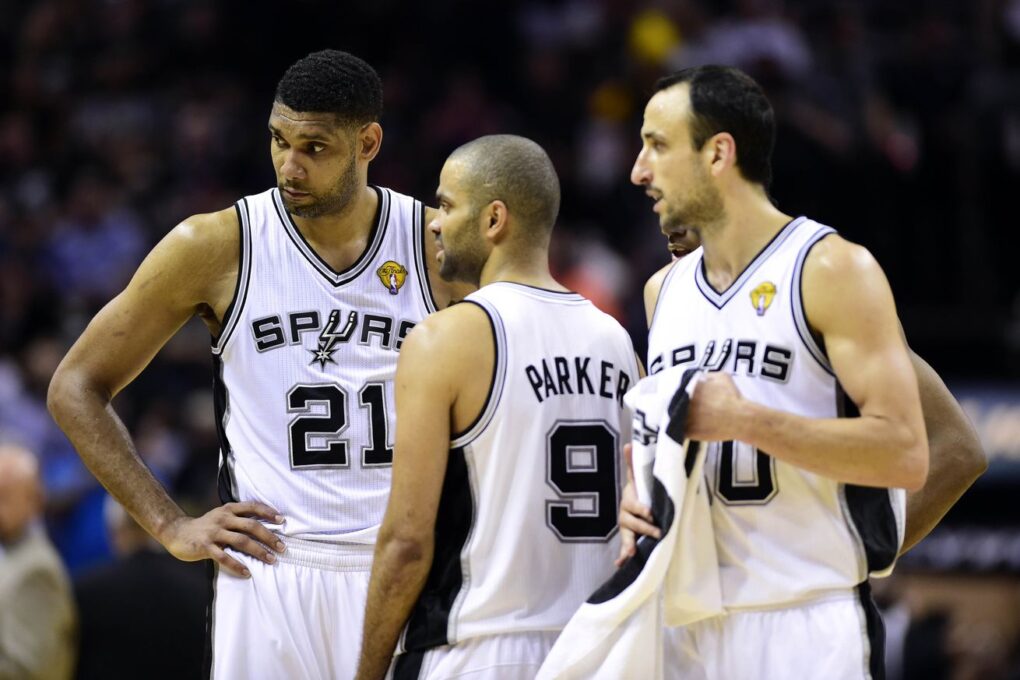
The Spurs were load management pioneers and started the debate that resulted in the league’s new policy about resting stars.
On a scale of 1 to 10, how responsible are the Spurs for the changes the league made regarding resting stars, especially considering how brazen they were about it in 2012 before the matchup with the Heat?
Marilyn Dubinski: Probably not as responsible as people want to believe, maybe a 3. Did Gregg Popovich pull a wise one on the league in 2012 after they expected his team to be at 100% on its sixth road game in nine nights against the defending champions? Yes. Did he help start the trend of resting older players to prolong their careers? Also yes, but there is also a stipulation in the new rest rules for players 35 years or older, so that’s the league subtly admitting he was right. In the end, the league has only taken baby steps but done nothing major to cure the cause of the problem, which is too many regular season games. It’s all about the almighty dollar.
Mark Barrington: Well, seeing how that happened about a dozen years ago, it seems like a stretch, but it definitely was the start of something. Almost no teams rested stars back in the early 2000s, but the Spurs set a trend that became widespread over the years. But did Commissioner Stern set this up as a policy for Commissioner Silver to execute over a decade later? Sure, as they say, revenge is a dish best served cold.
Bruno Passos: Do you blame a harsh winter on the first chilly breeze? Your first gray hair for the remorseless passing of time? The orca for launching a seal into the air? I forgot where I was going with this, but, sure, while the Spurs made headlines and provided something of a proof of concept for load management, this was almost certainly going to be the direction the league was headed as sports science improved and became more influential with front offices. I’ll give it a 2.
Jesus Gomez: I’d say around a 5. The Spurs had been resting players before 2012 and surely so were other teams but what San Antonio did before that night in Miami was expose how little they cared about public perception, which the league saw as the bigger sin. Load management became a thing that people started talking about more often and the Spurs were at the center of those discussions. The league acted quickly back then to try to curb a practice that would only become more popular and only succeeded in making it a little more discrete for a while. A more explicit official policy became inevitable and while it would be ridiculous to say the Spurs caused it I don’t think it’s completely wrong to say that they played a significant part in drawing attention to and popularizing the practice that made it necessary.
Did the league get it right with the new policy?
Dubinski: I would say no since it doesn’t include Victor Wembanyama (wink, wink). Joking aside, nothing with the latest policy is wrong, but it certainly isn’t complete in no small part because it applies to so few players. It’s just another of many steps the league has and will need to take if it wants to curb resting all together. Part of the rule I do appreciate is not allowing teams to cheat the system by playing a star player for just a few minutes or in a drastically reduced role, so that does address an issue that usually shows up at the end of the season.
Barrington: I feel like this is the initial toe in the water. It really doesn’t affect a lot of players, and it doesn’t even apply to some teams, notably the Popovich-led Spurs, who started the ball rolling in the first place. In a way, it’s probably a good pilot program, but I’m guessing that this isn’t the final form of this kind of regulation. I understand why the league wants to make sure paying fans get their money’s worth, but the truth is that there are too many games in the regular season for players to play a lot of minutes in all of them. So there will probably be some back and forth for a couple of years while the competing interests find the right balance, which will probably be a little more restrictive of player rest than this initial rollout.
Bruno Passos: The league has a knack for providing convoluted, multi-page solutions to what ails it. But they had to do something to rebuild cache with TV networks, streaming services and (somewhere in the mix) fans of the game. And because reducing the number of games in a season is not an option, this is some kind of step in that direction, even if it comes with a number of funny caveats and legitimate questions about whether it is in the best interest of a) players’ well-being and b) maximizing your chances of a postseason in which your star players have not broken down. I’m most curious about how it’ll approach its investigations when a team inevitably rests a star under circumstances that aren’t cut and dry.
Gomez: The first thing to note is that the NBA cares about a product and not players’ health or longevity simply because it’s a business. In that regard, the policy is probably good. It’s a star-driven league and broadcasters were paying a lot while sometimes not getting the names they wanted. It makes sense for Adam Silver to try to appease the people who have fueled the latest financial windfall for the league. On the other hand, the actual policy seems to leave some wiggle room for teams that will surely be exploited and eventually cause either another load management debate or the creation of a more strict rule. I doubt this is the actual solution to the issue of individual team goals vs. a better product for the NBA as a whole, but it’s not a terrible first step if you are looking at it from the league’s office point of view.


